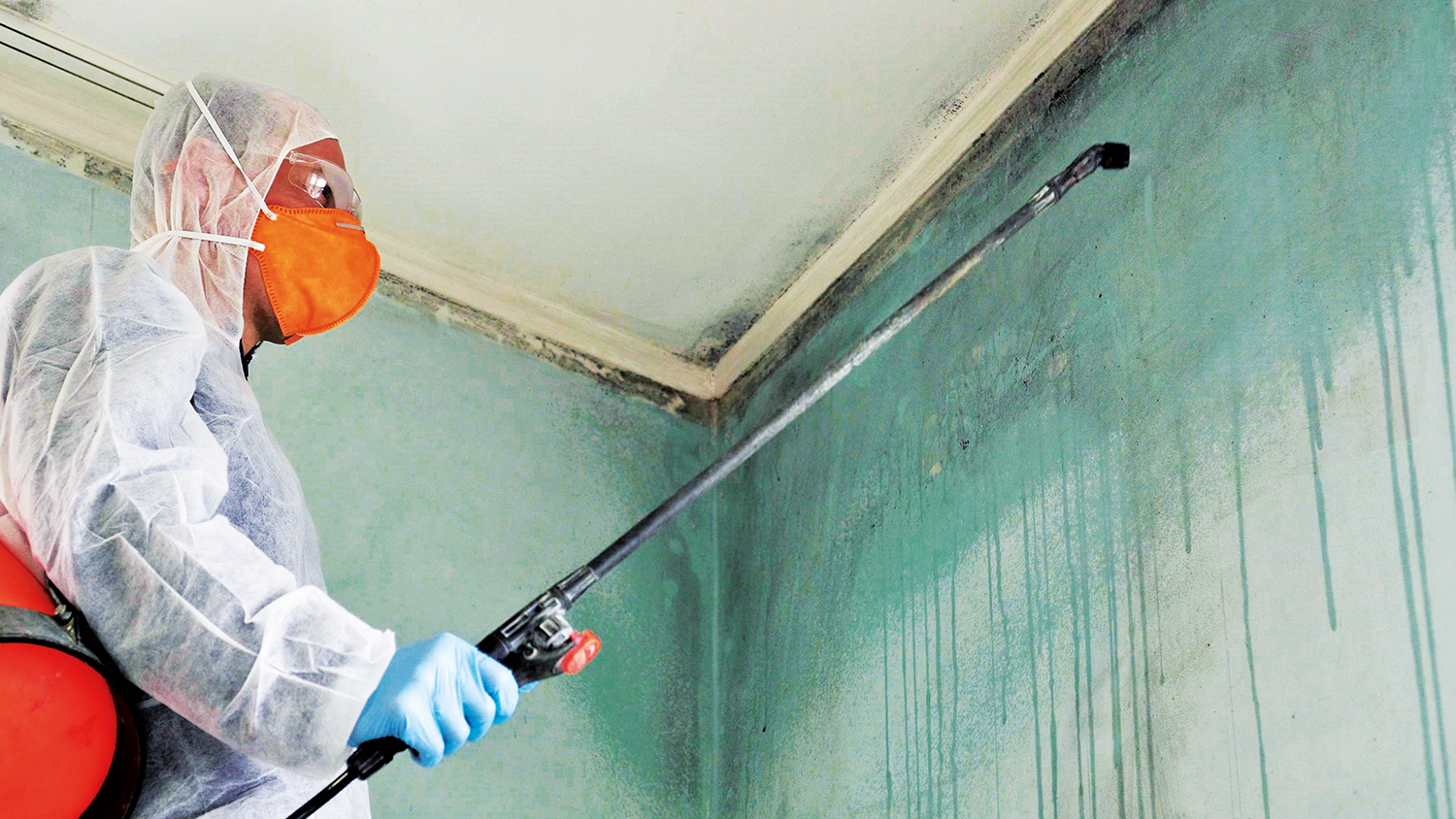A selection of readers’ comments about news and issues in the industry from across the CIOB community and social media.

Ending the scourge of damp in buildings
Building pathology specialist Professor Michael Parrett FCIOB told CIOB People how “antediluvian approaches” are preventing industry professionals from eradicating damp and mould in housing.
We agree that there needs to be a better understanding in the wider construction industry of damp and mould.
Our members are recognised as the experts in the sector, who meet the criteria set out in the government report Understanding and addressing the health risks of damp and mould in the home.
Best practice, enforcement and education are vital in providing healthy living environments
protected against excess moisture, damp and mould.
In response to the consultation for the Future Homes Standard, we put forward the case for comprehensive training for ventilation installers; mandatory post-occupancy testing and sign-off; and the introduction of an education programme for building occupants, to give them the knowledge to maintain and use building services effectively.
Our research in 2020 among our skilled and audited membership revealed that they believed less than 30% of ventilation installations complied with building regulations, yet the health, safety and wellbeing of occupants should be the highest priority at all times.
Sarah Garry, chief executive, Property Care Association, via LinkedIn
Should we just stop building?
On World Environment Day, Hero Bennett, Will Arnold and Saul Humphrey FCIOB joined a 21st Century Construction podcast debate on the industry’s role in driving down carbon emissions.
Absolutely. ‘Do not demolish’, ie, preserve. This is the first presumption of good conservation practice. Recycle, reuse, retrofit. Fundamentally, assess what changes are for and question the feasibility of growth.
Nicholas Waring
The global nuances of this discussion are so important, but it’s extremely challenging to get clients to see this bigger picture when they are tunnel-visioning on the UK and their companies’ ESG. I’m trying to get my head around how to communicate this effectively! I love Kate Raworth’s work but so many clients just don’t get nor care for the doughnut.
Brogan MacDonald via LinkedIn
The role of water-source heat pumps in heat networks
As the drive towards decarbonisation picks up, the role of ground and/or source heat pumps within heat networks cannot be overemphasized.
There are still hurdles though, one of the main ones being the ‘spark gap/spread’, ie, the difference between gas and electricity prices. Retrofitting heat pumps increases the electrical loads of a network and often requires electrical upgrades.
The economics can’t be ignored but can be addressed.
Tolu Fatogbe via LinkedIn
Share your views on the latest industry issues by posting comments online at www.constructionmanagement.co.uk or by emailing the editor at [email protected]











